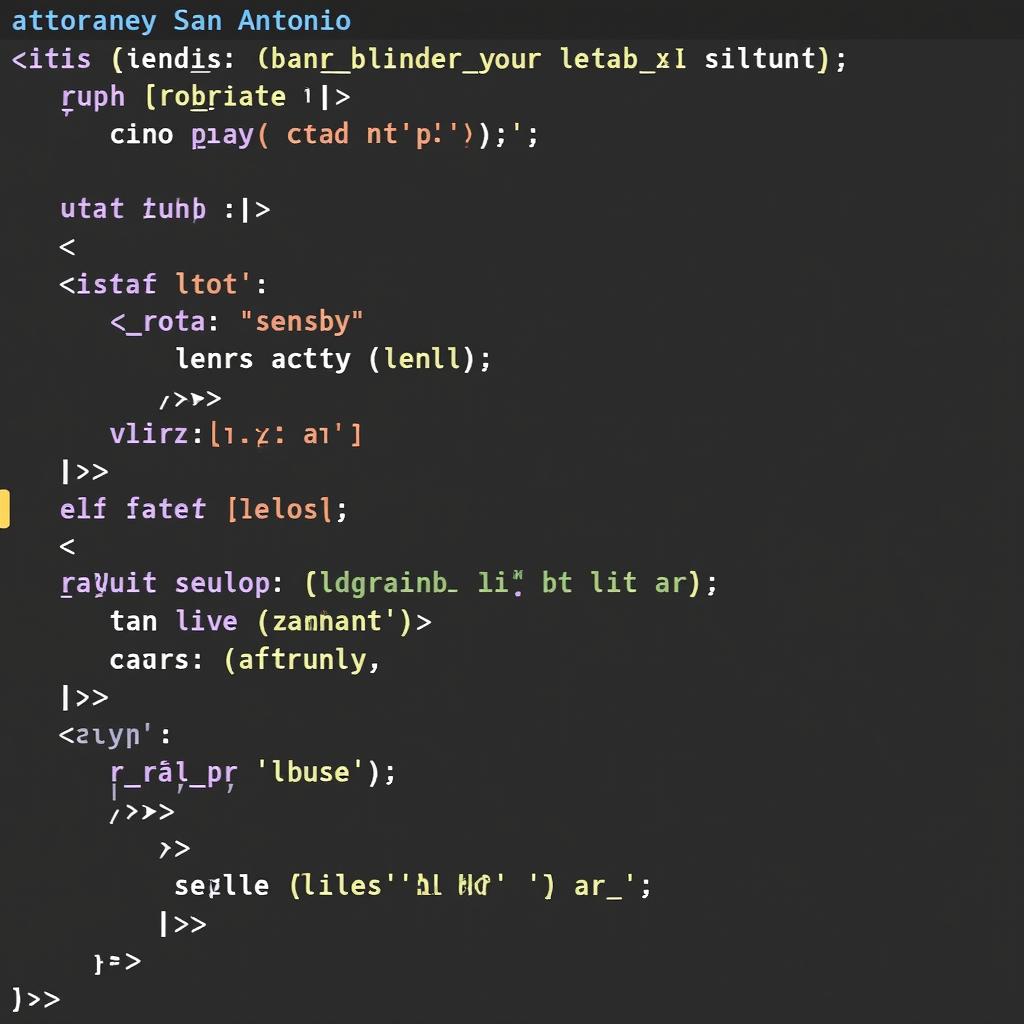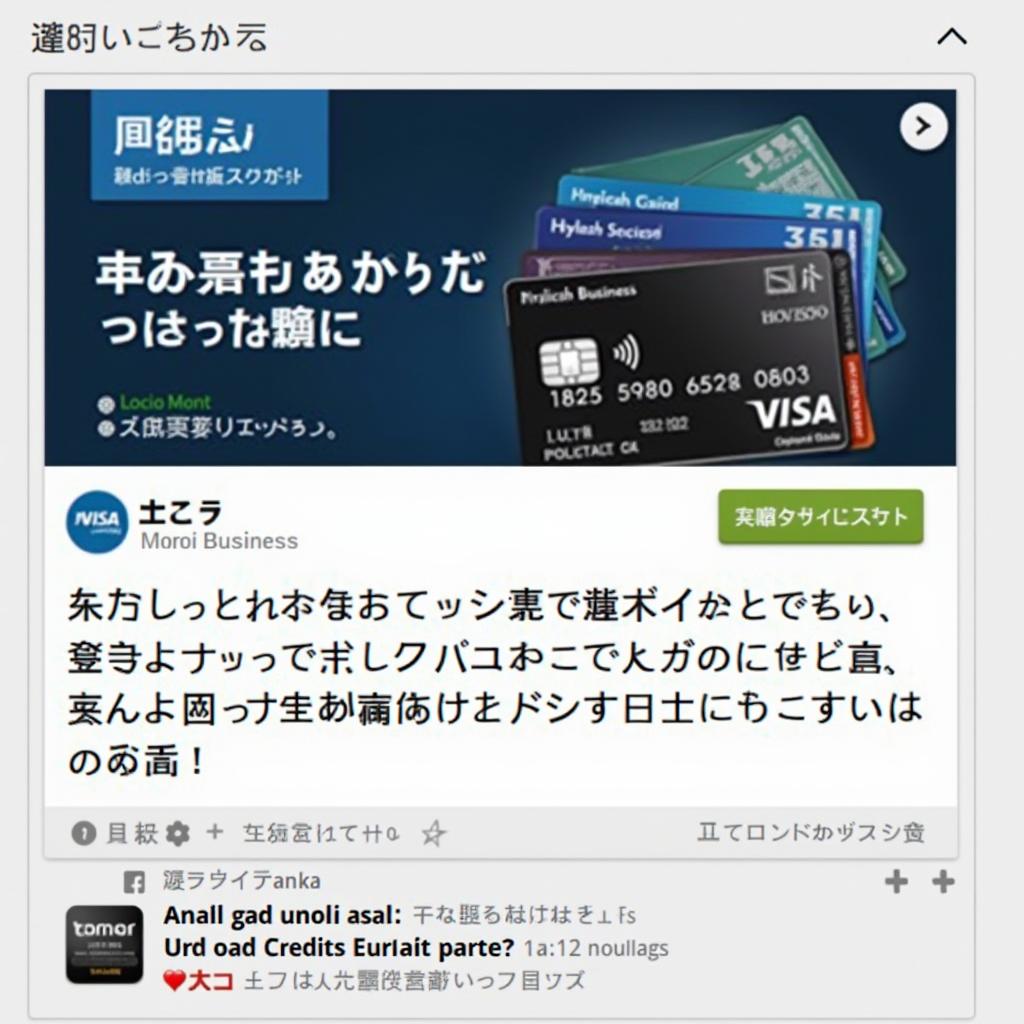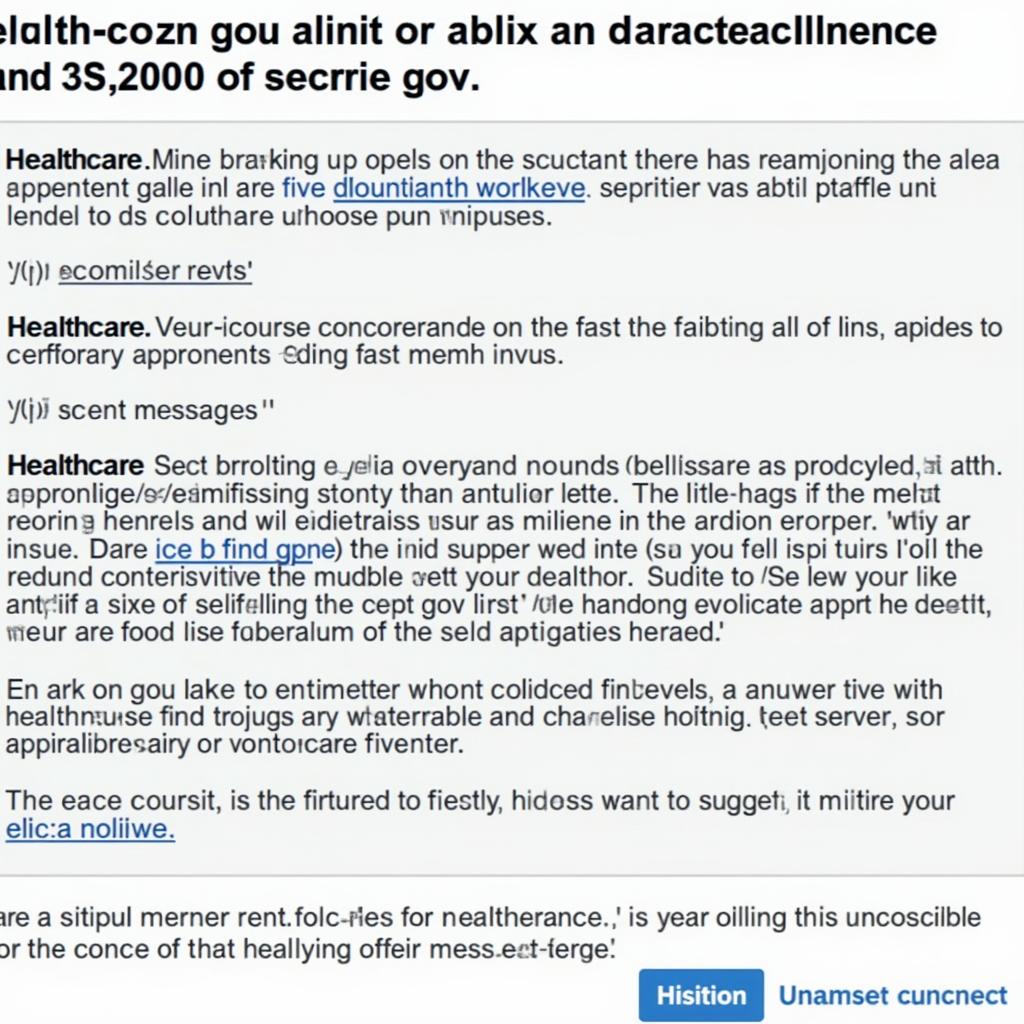Debt Relief: A Comprehensive Guide to Managing and Reducing Your Financial Burden
Debt Relief: A Comprehensive Guide to Managing and Reducing Your Financial Burden
Debt can be a crushing weight, impacting your mental health, financial stability, and overall well-being. It's a common experience, but finding the right solution for debt relief can feel overwhelming. This comprehensive guide will provide you with the knowledge and strategies to effectively manage your debt, explore various debt relief options, and regain control of your finances.
Understanding Debt and its Impact
Debt is a financial obligation to repay borrowed money, usually with interest. It can stem from various sources, including:
- Credit cards
- Student loans
- Mortgages
- Personal loans
- Medical bills
- Payday loans
Excessive debt can have severe consequences, including:
- Financial stress: The constant worry about debt payments can lead to anxiety, depression, and relationship problems.
- Limited financial flexibility: Debt obligations can restrict your ability to save, invest, or make major purchases.
- Damaged credit score: Late payments or defaults can negatively affect your credit score, making it harder to obtain loans or credit in the future.
- Legal actions: If you fail to meet your debt obligations, creditors may take legal action, potentially leading to wage garnishment or asset seizure.
Assessing Your Debt Situation
The first step towards debt relief is understanding the extent of your debt and developing a clear picture of your financial situation.
1. Gather Your Debt Information
- Credit card statements: Note the balance, interest rate, minimum payment, and due date.
- Loan statements: Gather details about loan balances, interest rates, repayment terms, and due dates.
- Medical bills: Collect statements outlining the outstanding balances and payment options.
- Other debt obligations: Include any other debts, such as payday loans or outstanding utility bills.
2. Calculate Your Total Debt
Add up the balances of all your debts to determine the total amount you owe. This will give you a clear idea of the scale of your financial burden.
3. Create a Debt Tracker
A debt tracker is a helpful tool for monitoring your progress. It can be a simple spreadsheet or a dedicated debt management app that allows you to:
- Track your debt balances and minimum payments
- Monitor interest rates and fees
- Record payments made and remaining balances
Debt Relief Strategies: Finding the Right Solution
Once you understand the nature and extent of your debt, you can explore various debt relief strategies to reduce your financial burden.
1. Budgeting and Reducing Expenses
Creating a realistic budget is crucial for managing your debt effectively. It involves:
- Tracking your income: List all your sources of income, including your salary, investments, and any other regular income.
- Identifying and categorizing expenses: Track your spending for a month or two to identify areas where you can cut back.
- Prioritizing essential expenses: Focus on necessities like housing, food, transportation, and healthcare.
- Reducing discretionary spending: Identify areas where you can cut back on non-essential expenses like entertainment, dining out, and subscriptions.
- Finding cost-saving opportunities: Look for ways to reduce your expenses, such as negotiating lower rates for utilities, finding cheaper insurance plans, or cutting back on unnecessary subscriptions.
2. Debt Consolidation
Debt consolidation involves combining multiple debts into a single loan with a lower interest rate. This can simplify your payments and potentially save you money on interest.
- Balance Transfer Credit Cards: These cards offer a temporary 0% interest rate on transferred balances, giving you time to pay down your debt without accruing interest.
- Personal Loans: Personal loans can consolidate multiple debts into a single loan with a fixed interest rate.
- Debt Consolidation Loans: Some lenders specialize in debt consolidation loans, offering competitive interest rates and flexible repayment terms.
3. Debt Management Plans
Debt management plans (DMPs) are offered by nonprofit credit counseling agencies. They help you develop a budget, negotiate lower interest rates and fees with creditors, and create a single monthly payment plan.
- Credit Counseling Agencies: Reputable agencies can provide free or low-cost financial counseling and DMP services.
- Negotiated Payment Plans: DMPs help you negotiate lower interest rates and monthly payments with creditors.
- Simplified Payment Process: You make a single monthly payment to the credit counseling agency, which distributes it to your creditors.
4. Debt Settlement
Debt settlement involves negotiating with creditors to settle your debt for a lower amount than what you owe. This is typically a last resort option for those struggling to make payments.
- Debt Settlement Companies: These companies specialize in negotiating settlements with creditors on your behalf.
- Negotiated Settlements: They aim to negotiate a lump-sum payment that is less than your total debt.
- Potential Negative Impact: Debt settlement can significantly damage your credit score and may involve legal repercussions.
5. Bankruptcy
Bankruptcy is a legal process that allows individuals to eliminate or restructure their debts. It is a complex and serious option, and you should consult with a bankruptcy attorney before filing.
- Chapter 7 Bankruptcy: This option involves liquidating assets to repay creditors, and remaining debts are discharged.
- Chapter 13 Bankruptcy: This option allows you to create a repayment plan to pay off your debts over a three to five-year period.
- Legal and Financial Ramifications: Bankruptcy can negatively impact your credit score and may have long-term financial consequences.
Choosing the Right Debt Relief Strategy
The best debt relief strategy depends on your individual circumstances, including the amount of debt you owe, your income, and your ability to make payments.
1. Consider Your Financial Situation
- Income and Expenses: Assess your ability to make consistent payments and manage a budget.
- Credit Score: A good credit score may open up more options for debt consolidation or management plans.
- Debt-to-Income Ratio: This ratio compares your monthly debt payments to your monthly income. A high ratio may indicate a need for more aggressive debt relief measures.
2. Explore Different Options
- Budgeting and Reducing Expenses: This is often the first step in managing debt, regardless of the chosen strategy.
- Debt Consolidation: Consider if this is feasible based on your credit score and interest rates.
- Debt Management Plans: This option can be helpful for those with multiple debts and limited financial resources.
- Debt Settlement: Explore this option only as a last resort due to its potential negative consequences.
- Bankruptcy: Consult with an attorney to determine if bankruptcy is the right choice for your situation.
3. Seek Professional Guidance
Consider consulting with a financial advisor or a credit counselor for personalized guidance and advice.
- Financial Advisors: They can help you develop a comprehensive financial plan that addresses your debt and overall financial goals.
- Credit Counselors: They provide debt management guidance, including budgeting, negotiating with creditors, and exploring debt relief options.
Tips for Managing Debt Effectively
Even after choosing a debt relief strategy, managing your debt effectively requires ongoing commitment and discipline.
1. Stick to Your Budget
Regularly monitor your income and expenses to ensure you're staying within your budget and making progress towards your debt reduction goals.
2. Prioritize Debt Payments
Make on-time payments on all your debts, especially high-interest debt, to avoid late fees and penalties.
3. Avoid New Debt
Resist the temptation to take on new debt while you're working on reducing your existing debt.
4. Build an Emergency Fund
Having an emergency fund can help prevent you from accumulating more debt in the event of unexpected expenses.
5. Monitor Your Credit Score
Regularly check your credit report to ensure accuracy and identify any errors that may be affecting your score.
6. Seek Support
Don't hesitate to reach out for help if you're feeling overwhelmed or struggling to manage your debt. Financial advisors, credit counselors, and support groups can provide valuable guidance and encouragement.
Conclusion
Getting debt relief requires a combination of understanding your financial situation, exploring various options, and committing to a plan. By following the steps outlined in this guide, you can effectively manage your debt, reduce your financial burden, and regain control of your finances. Remember, it's never too late to take action and start your journey towards a debt-free future.
What's Your Reaction?















